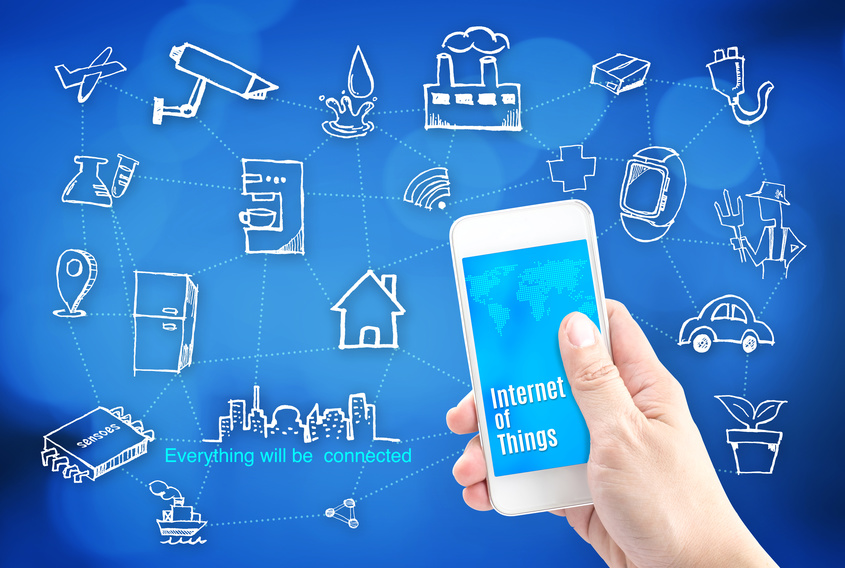
According to estimates by Cisco, the number of devices connected to the Internet will reach 50 billion by 2020 (the number is close to 10 billion today). This rise is attributed to Internet of Things – wherein; more and more devices are connected to the Internet. ‘Smart’ things such as cameras, door locks, toys, thermostats etc. which can be monitored and operated by smartphones are either already in market or being designed. Gartner Inc. predicts $309 billion in additional revenue to product and service suppliers by 2020, coming from the Internet of Things.
Technology is rapidly changing the shopping patterns of consumers. Forward thinking retailers have already started adopting advanced technological breakthroughs to match the expectations and changing behaviors of the consumer when they interact with businesses. The McKinsey analysis estimates that the IoT could have an economic impact $410 billion to $1.2 trillion per year in retail environments!
Here are some of the interesting ways in which IoT is bringing in the revolution, particularly in the retail payment industry –
- In-store payment automation – with the use of chips inside wearables, access shopper information upon entry in the store and allow the shopper to simply pick up the item and walk out while the cards are automatically charged.
- Intelligent carts – Automatically calculate the purchase amounts based on the items placed in the cart.
- By detecting the consumer’s mobile device, iOT-enabled stores can send a personalized greeting message as soon as the consumer enters the store and through personalized recommendations, provide a more connected in-store experience.
- Smart Gift Cards, which are already implemented by companies like Starbucks and Dunkin Donuts, are mobile apps which are reloadable and also reward the customers with freebies when they first join or on birthdays.
The developments in the field of Internet of Things promise a wider impact across many industries and also on their ability to create new revenue streams –
- Internet of Things will be the boom for Payment Services companies. With non-cash transactions, companies like MasterCard or Visa will make major gains. Once these corporations provide payment capabilities into more devices such as Apple Watch, it will offer more payment endpoints and thus, more earning for these companies.
- These electronic payment processing companies have also started working towards making each Internet connected device and wearables more secured for commerce.
- Usage-based models for payment tracking systems are already being developed – A pair of sensors launched by Libelium (a provider of wireless sensor network technology) can track information about consumer profiles and behaviors. These sensors can facilitate processing of the payments based on location or activity duration for gyms, public transports or theme parks.
The future definitely looks very promising and “Payment by Things” is soon going to be a reality. However, there are still concerns about security in the minds of consumers. The vulnerabilities of connected devices are obvious and the solutions are not quite easy. While the security for personal computers has been standardized over the years, the security of smart devices is still a little weak. Many agree that a set of standards driving the adoption and implementation of the Internet of Things would be useful and. Efforts have already began in this area -Through a recent tie up, Intel and Broadcom are putting a sharp focus on enabling secure and mobile payments as the Internet of Things grows.
Internet of Things is going to be life changing and it is certainly an interesting era to be part of.






